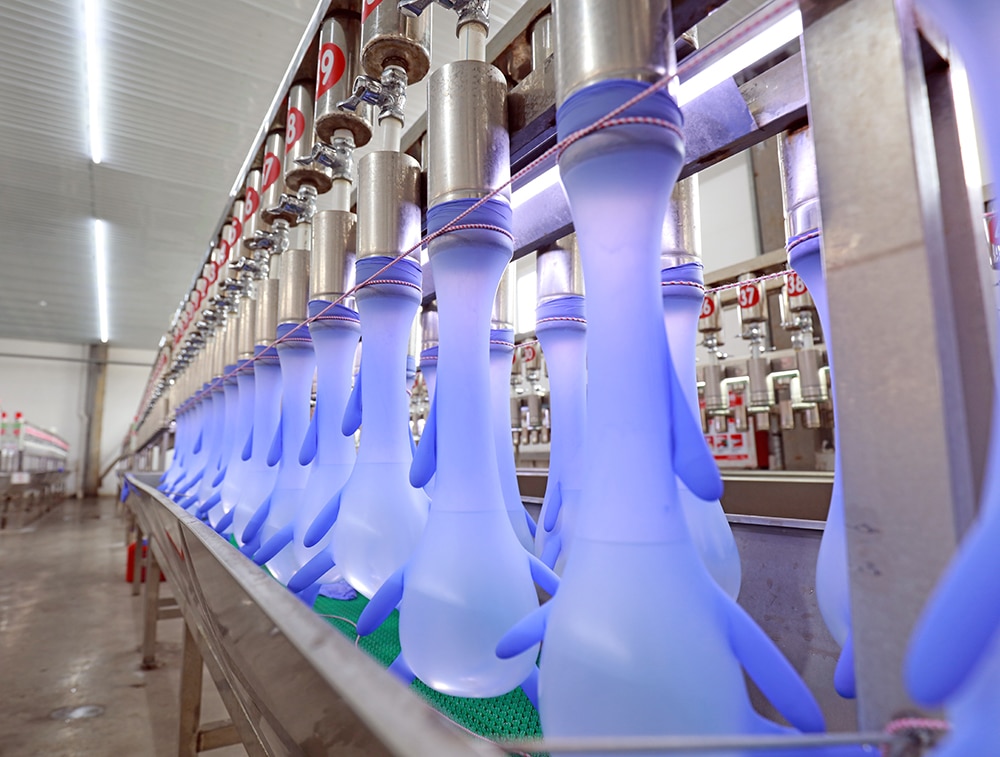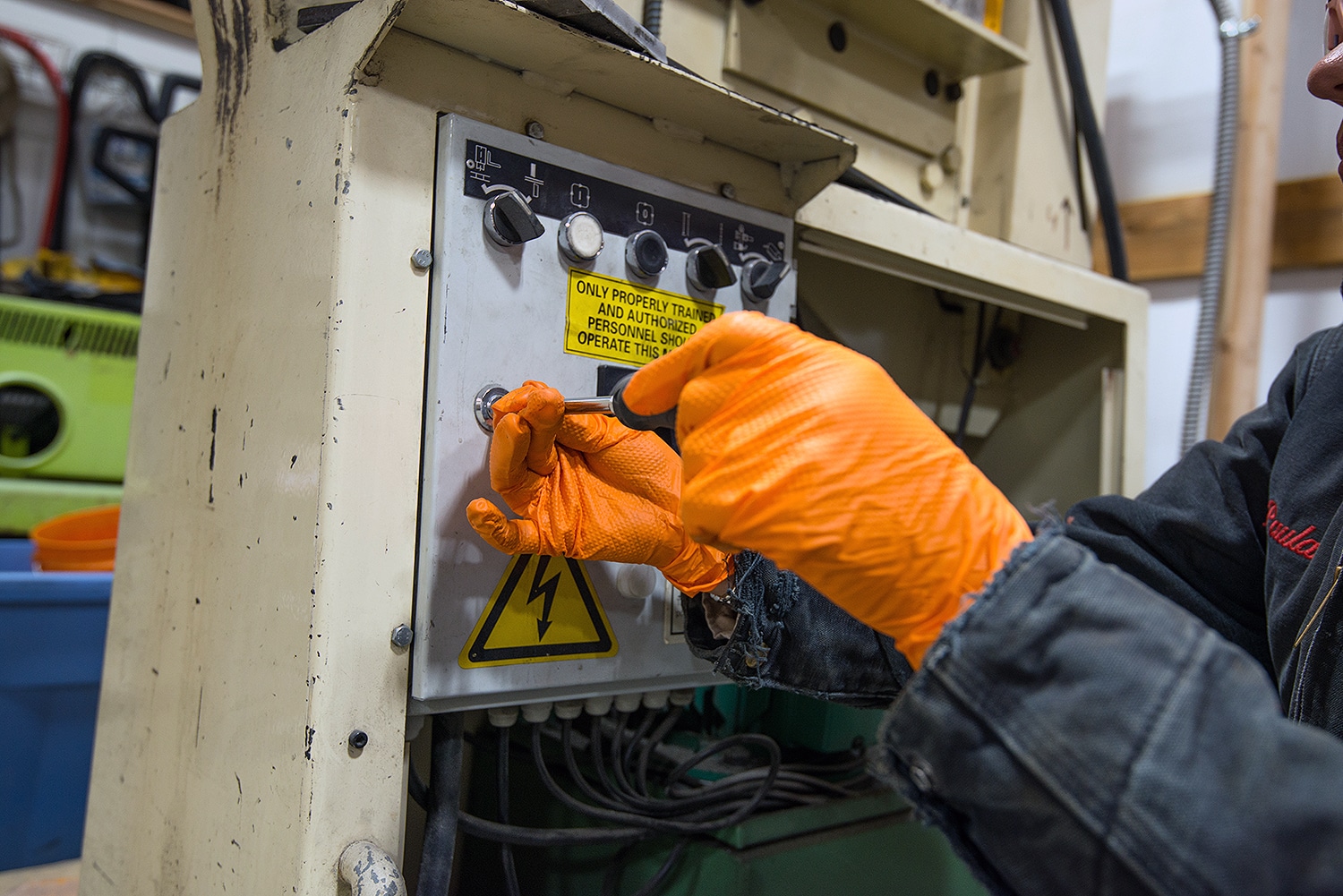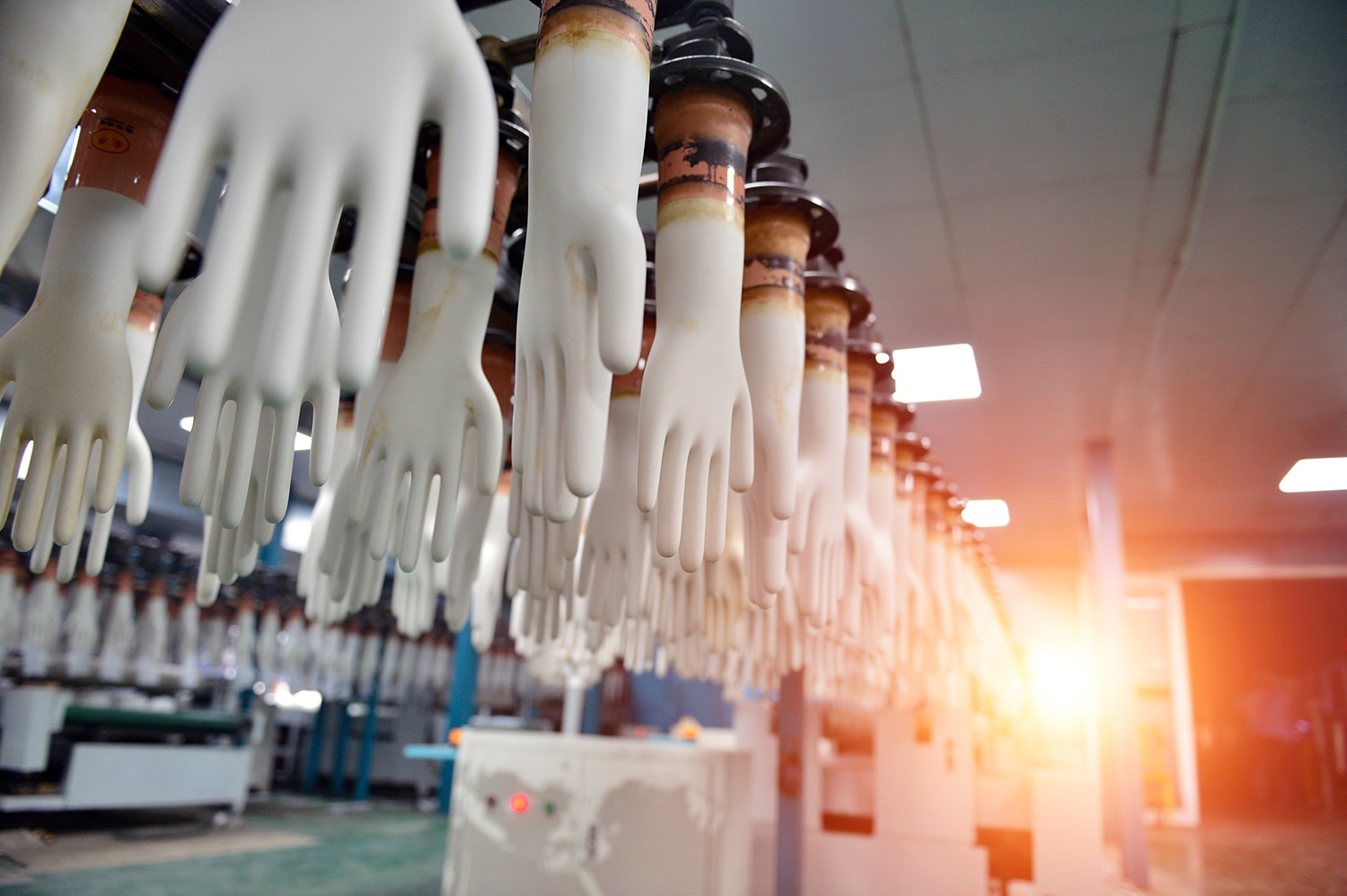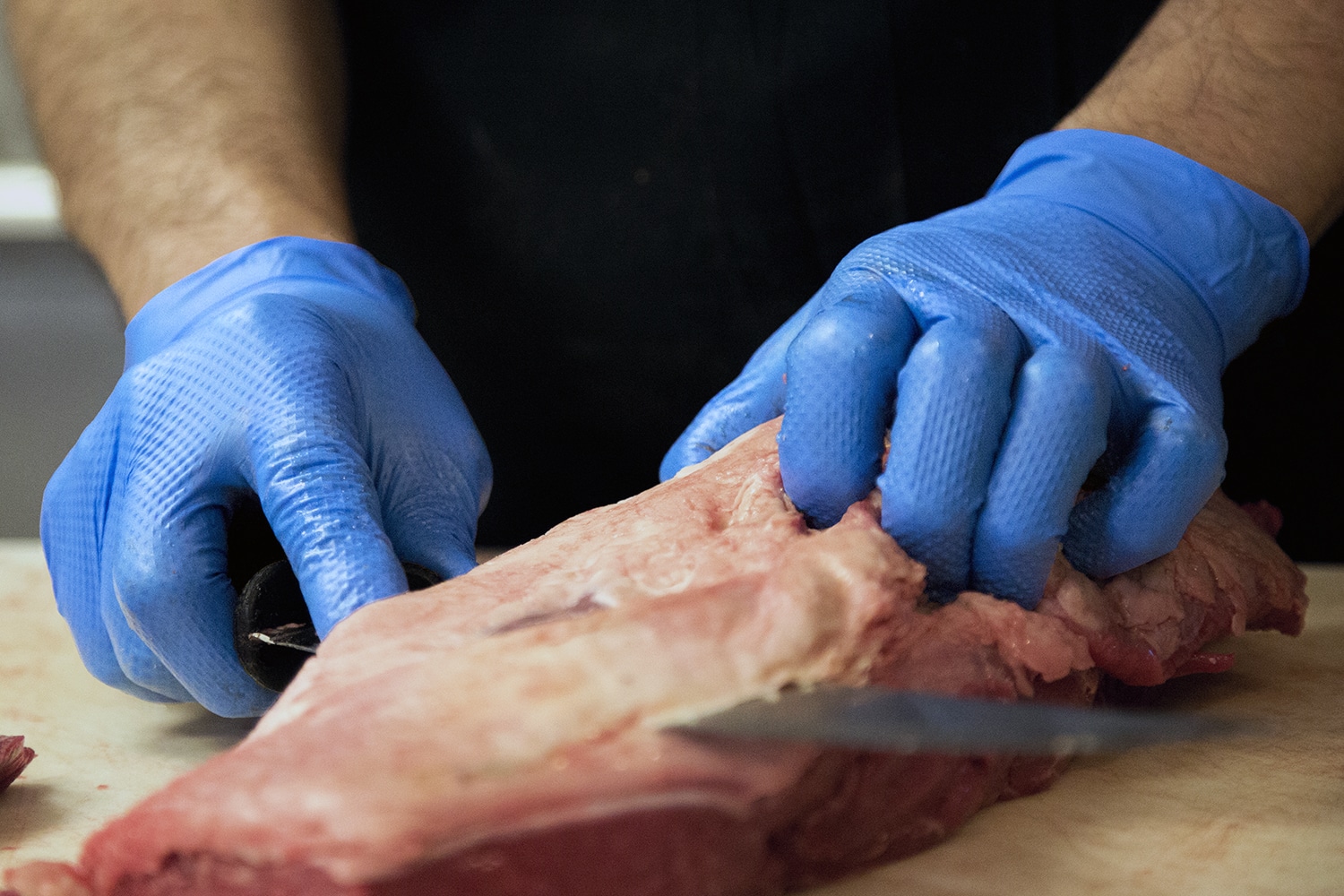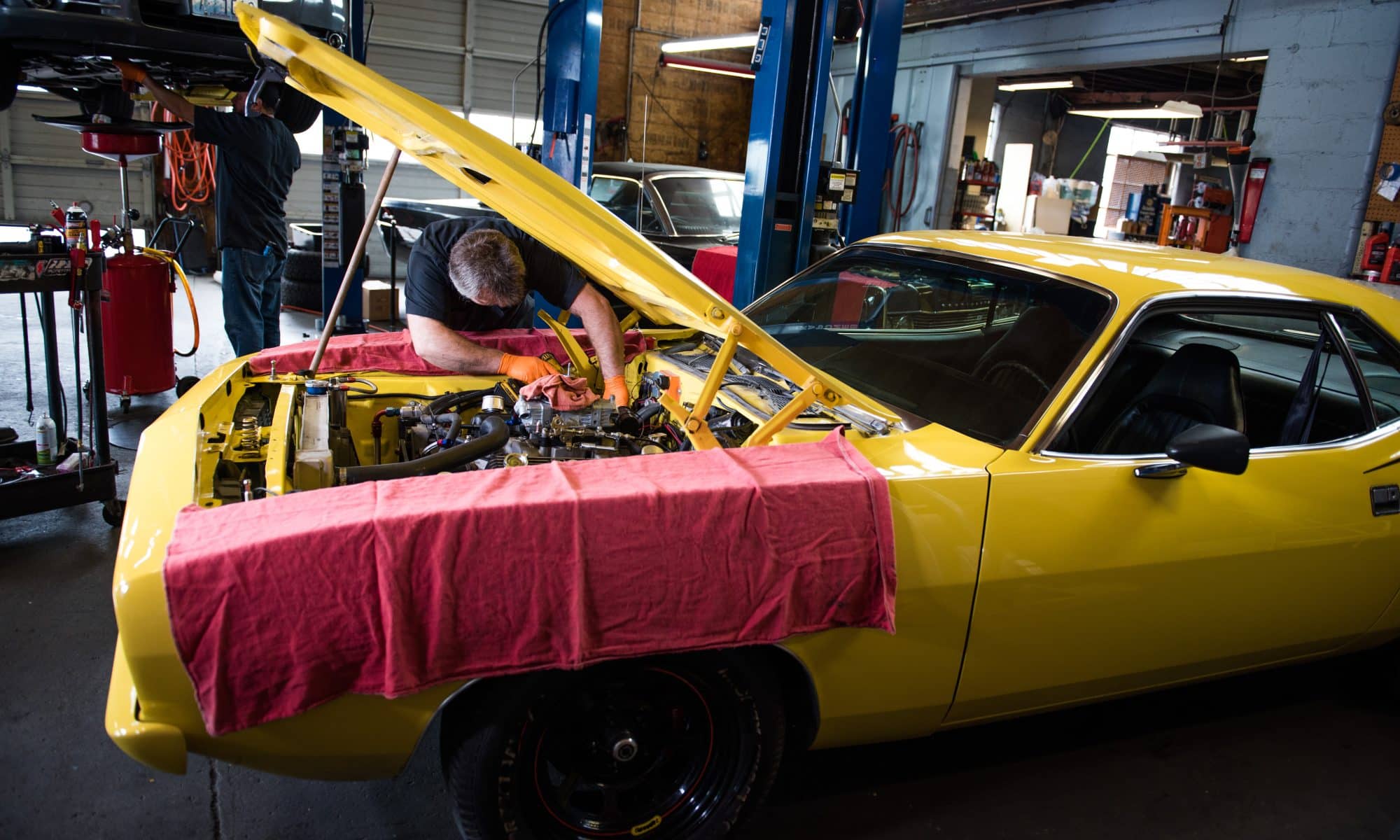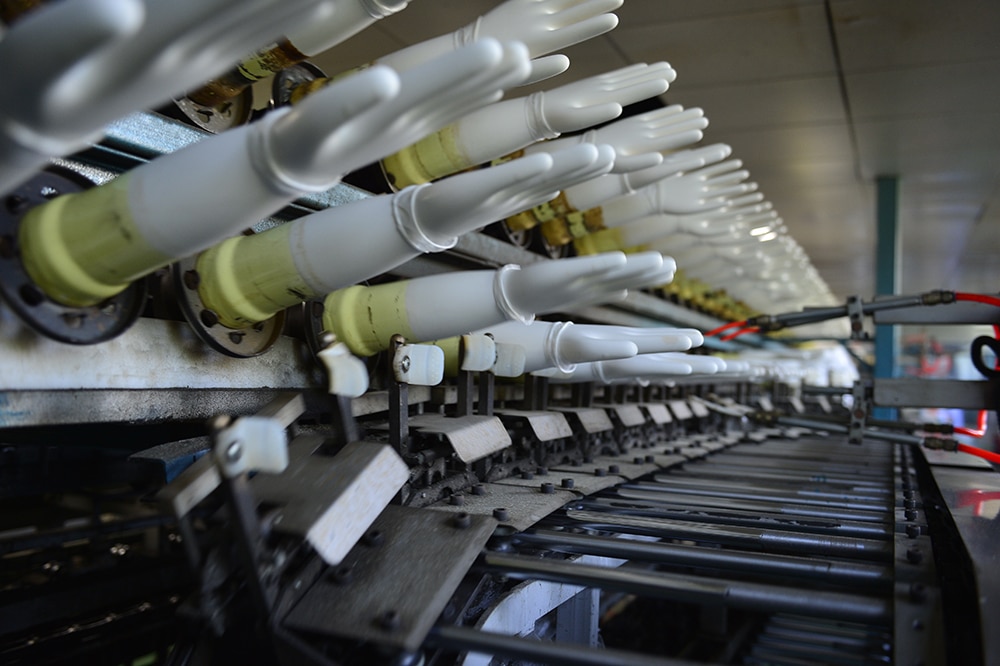Last in a series
Currency has real impact on disposable glove prices. The currency exchange rate has been favorable to U.S. buyers in the single-use glove market the last few months, with a strong dollar trading at its highest rate in 20 years. If the dollar should stumble, glove prices are likely to feel upward pressure.
That is why it’s important to monitor international markets closely. If you hear the dollar is weakening, be prepared—and prepare your customers for what could lie ahead.







